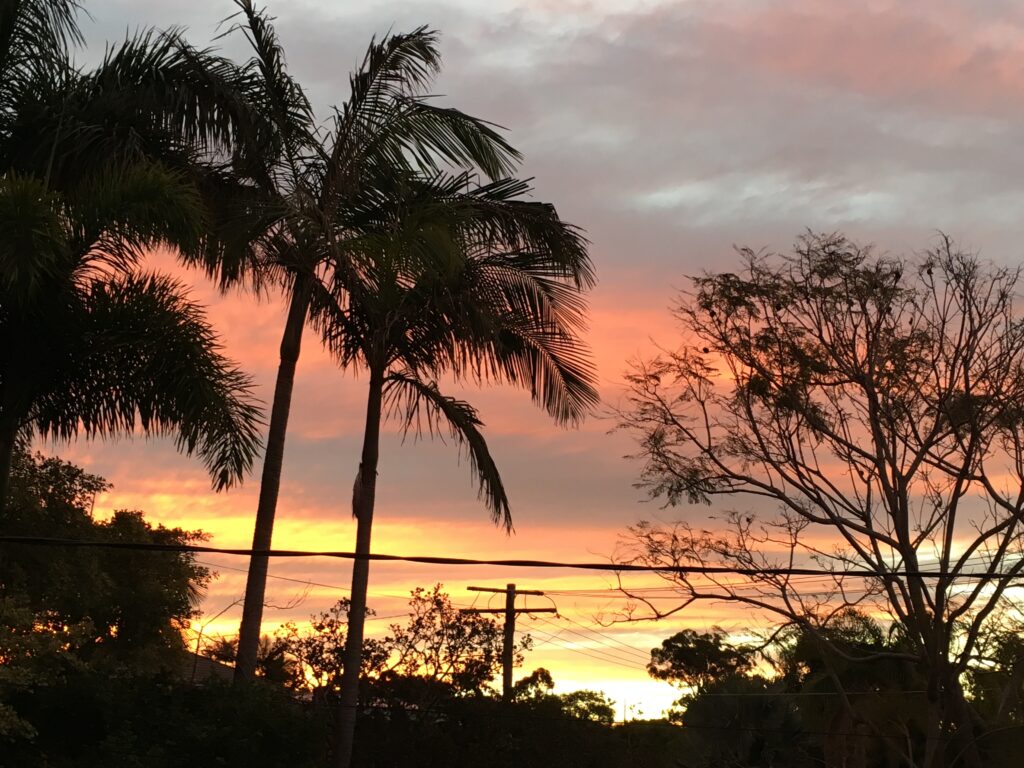Content Overview
This section has the following pages:
Journal Writing at End of Life

Physical Healing
Times of illness can be ideal times to practice. They are wonderful occasions to see the impermanence of the body.
Staying with the physical sensations, the moment-by-moment experience, is simply the best way to handle illness, when you can do it.
But I also believe this practice helps the body heal. The mind and body are intimately connected, and when the mind runs off with all kinds of stories about what the illness may be doing to us—how it is a sign of aging, how it means we are near death—it causes greater tension. It is a kind of biofeedback mechanism that keeps energy from flowing and may actually impede the body’s natural tendency to heal itself. So our mindfulness around illness may also help the body heal.
That possibility might account for the stories that come out of Burma about the remarkable healing powers of meditation, stories that were collected at the Mahasi Sayadaw Vipassana Center, in Rangoon. That is not a place devoted to healing; it is fiercely engaged in intensive practice and awakening. But they have kept records through the years, some showing cases of remarkable healings, even from tumors, strictly as a result of meditation.
If we take all our scattered scattered energies and bring them together in the practice of meditation, there is no telling what they can do.
That isn’t why we meditate. It won’t work if it is, because we won’t really be meditating. And sooner or later, as the Buddha tells us, we all have to age, we have to face difficult and debilitating illness, and we have to die. Until that moment of death, anything that may arrive is food for practice.
(Based on Larry Rosenberg, Living in the Light of Death: On the Art of Being Truly Alive)
